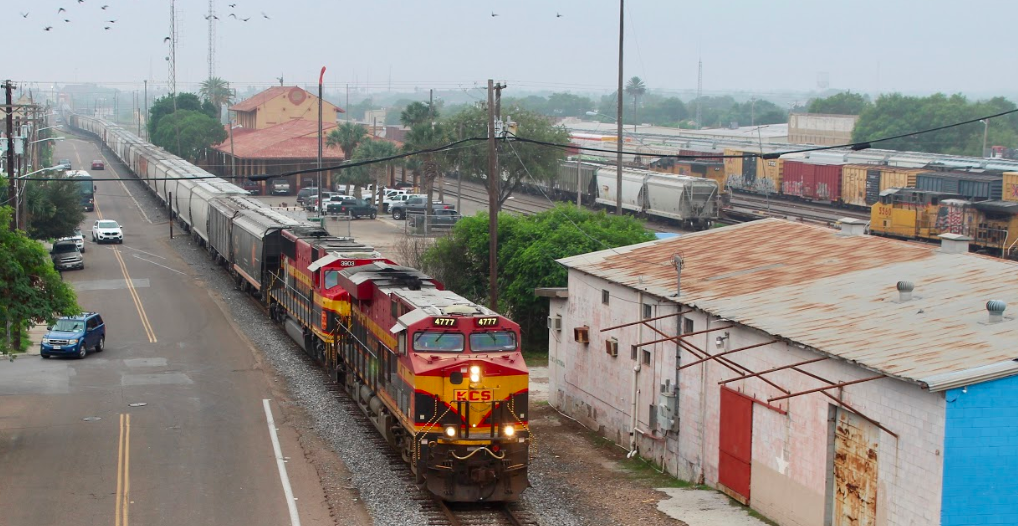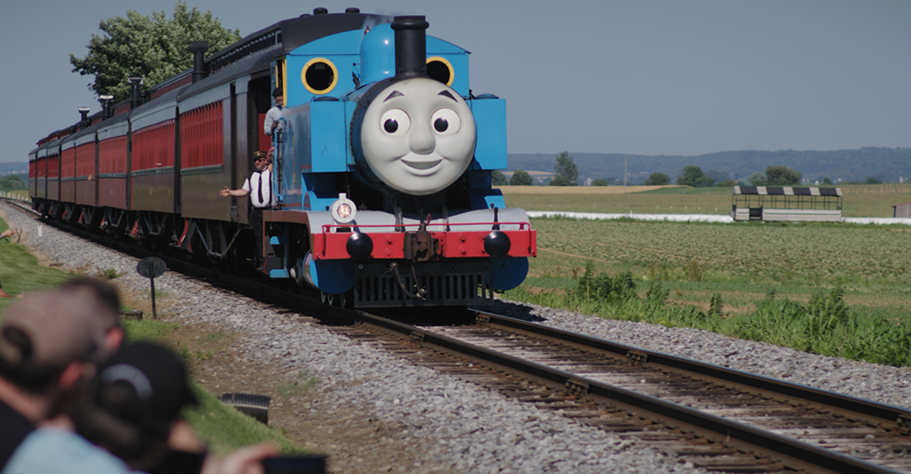“Absolutely, there certainly are elements of the Precision Scheduled Railroading methodology that we think makes sense,” CEO Patrick Ottensmeyer said in response to an analyst question during the railroad’s earnings call on Friday morning.
KCS is focusing on lean processes, trip-plan compliance, and improved utilization of locomotives, cars, and crews.
“We are working through all of those things on an ongoing basis and we think they can be helpful to getting us through the service issues and the congestion issues we’re experiencing now,” Ottensmeyer says. “We’re also paying very close attention to what’s going on with our interchange partner Union Pacific. Obviously they are implementing their own version of Precision Scheduled Railroading with the Unified 2020 Plan.”
UP is rolling out a first phase of operational changes this month on its Mid-America Corridor linking the Midwest, Chicago, and Texas.
KCS is heavily dependent on UP: It relies on a combination of trackage rights and its own rails on the cross-border corridor between Beaumont and Laredo, Texas. And UP accounts for more than half of the traffic that crosses the International Railway Bridge at the Laredo gateway bound to and from KCS de Mexico.
“The magnitude and degree of our interchange with UP is really going to dictate that we cooperate and in some cases probably follow their lead on some changes in their operating philosophy,” Ottensmeyer says.
KCS is open to making changes that will improve its operations, Ottensmeyer says.
Harrison’s rapid implementation of Precision Scheduled Railroading at Canadian National, Canadian Pacific, and CSX Transportation was accompanied by disruption that led to months of service problems.
UP has pledged to roll out operational changes slowly and in regional phases to minimize the potential for problems.
“We’re staying on our toes,” Ottensmeyer says. KCS is in close communication with UP at all levels and will adjust its operating plan as required.














Don’t do it!!
You could make the trains as long as you want , however I,ve seen by my house longer trains alright but slower trains ,blocking several crossing for long periods of time , other trains have to wait in sidings longer cause the the mega train cant fit in sidings and also have to wait for yard clearance cause of its length at its final destinations , keep it the way it was , faster trains in and out of yards quicker and fits in sidings . not saving any money with MEGA trains , shorter is better &quicker .
For the money and investors, the railroads are shrinking vs market share. One of these days there will be nothing to pear from the tree. Railroads today only want to serve large customers. It is a shame of the possibilities the industry could do in moving more trucks off the highway, but they do not care. It is all about the money. The railroads are common carriers in name only.
Britt Reid, August 2018 Trains has an article about ‘Hunters CP Legacy’. Page 34 has Hunter’s Five Pillars of
Precision Scheduled Railroading and Hunter’s Seven Service Design Principles. I think they are pragmatic and defensible.
I recently read an example of CP applying PSR to grain trains. The number of cars on a grain train was matched to the power output of 3 AC locomotives. Grain loading facilities are being upgraded to handle the standard length 8,500 foot grain train. The locomotives stay on the train and remote control is used in the loading process. The cycle time has been reduced. The net result is fewer grain trains, locomotives and crews to handle grain shipments while increasing volume. Fewer grain trains means less meets and improved fluidity for all traffic.
There is little doubt that rapid implementation of PSR causes widespread disruption in a railroad and havoc for many shippers. UP’s slower, phased implementation of PSR principles will show if the same results can be achieved without the disruption.
Beware of PSR fundamentalism as espoused by St. Hunter of Harrison.
@STEVEN BAUER Lmaooo..
I adopted PSF Precision Scheduled Flushing..I only flush once a day then block the rest of my flushes depending on volume that week.
Matched to what? Horsepower per ton? What about the length of sidings? In the old “Hunter” days at CN, big trains sometimes took up two sidings; half would dropped off at one siding and the rest of the train proceeded to the next siding. The engines had to come back to pick up the first half and reassemble the train at the second siding. It didn’t sound like a very efficient method to me. I think desired velocity should be a factor in determining train length. .
STEVEN BAUER (if I may appropriate your joke) – Last Monday night at Lambeau Field, the Green Bay Packers played PSF – Precisely Stupid Football. That is to say, schedule their best football four days a week, not including Thursday, Sunday, or Monday. (By the way, the Packers won — I’d hate to see how badly they’d play in a loss.)
Thanks for the good laugh Steven Bauer 🙂
PSR (Prune Slash Reduce) at the UP ( the carnage is just beginning there in my opinion). Will KCS Adopt PSR? Will BNSF Adopt PSR? Will NS adopt PSR? I heard the Brewers are adopting PSB tonite (Precision Scheduled Baseball). In an effort to increase the productivity the pitcher will the throwing three balls at the same time to the batter instead of one. Hell I heard the Geese have even adopted PSF (Pecision Scheduled Flying). They will fly in one migration line stretching for 100 miles. They will be blocked according to where they stop for breaks so a whole set can just break off at once.
I find it interesting that “Precision Scheduled Railroading” requires that the railroad shed all low volume lines to concentrate on point-to-point service. This requires that the short line community step in to actually service the customer who needs transportation but is not on one of those point-to-point routes. Kind of the opposite of the consolidation that took place in the early 20th century. Wonder how long it will be before the Class 1’s start seeing these same short line railroads as competition?
Ive read ALOT of this precision stuff, but has there been an article about it here on Trains? I still don’t know what the Hell it means. BTW, I read this Trains , everyday.
One of the main points of PSR is to serve some customer once a week instead of daily. That includes holding cars up to 6 days for that weekly date and failing to pick up empties or outbound loads from those customers. That is disastrous to car utilization at both ends of a shipment. Cars cost a lot of money and unless the railroads get rid of those cars they will lose money and shut down. Oh! The private car owners lost money on their cars not carrying enough revenue loads and they got rid of them also. Just another way to postpone the losses running trains and shove the traffic over to trucks.
How can you do better than the record third quarter results they just posted? This illustrates why Wall-Street has a well deserved reputation.